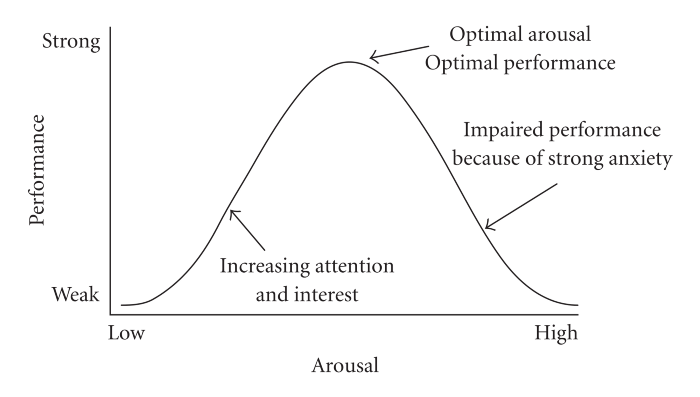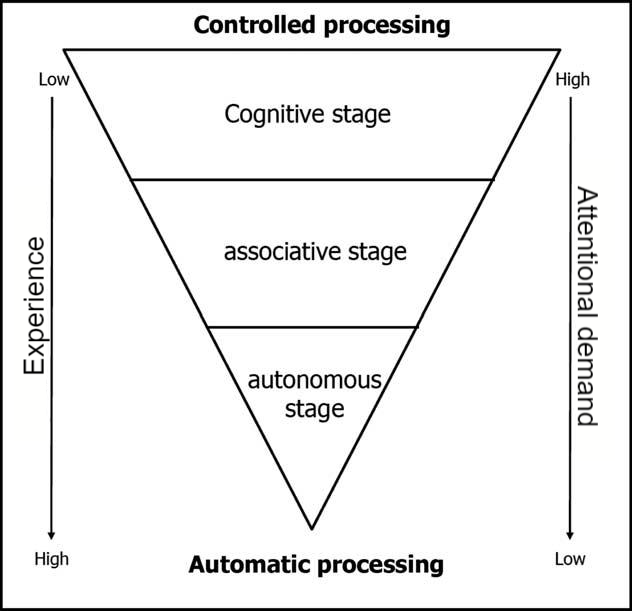
An interesting article by P.H.
Se
Se saprai mantenere la calma quando tutti intorno a te
la perdono, e te ne fanno colpa.
Se saprai avere fiducia in te stesso quando tutti ne dubitano,
tenendo però considerazione anche del loro dubbio.
Se saprai aspettare senza stancarti di aspettare,
O essendo calunniato, non rispondere con la calunnia,
O essendo odiato, non dare spazio all’odio,
Senza tuttavia sembrare troppo buono, né parlare troppo da saggio;
Se saprai sognare, senza fare del sogno il tuo padrone;
Se saprai pensare, senza fare del pensiero il tuo scopo,
Se saprai confrontarti con Trionfo e Rovina
E trattare allo stesso modo questi due impostori.
Se riuscirai a sopportare di sentire le verità che hai detto
Distorte dai furfanti per abbindolare gli sciocchi,
O a vedere le cose per le quali hai dato la vita, distrutte,
E piegarti a ricostruirle con i tuoi logori arnesi.
Se saprai fare un solo mucchio di tutte le tue fortune
E rischiarlo in un unico lancio a testa e croce,
E perdere, e ricominciare di nuovo dal principio
senza mai far parola della tua perdita.
Se saprai serrare il tuo cuore, nervi e tendini
nel servire il tuo scopo quando sono da tempo sfiniti,
E a tenere duro quando in te non c’è più nulla
Se non la Volontà che dice loro: “Tenete duro!”
Se saprai parlare alle folle senza perdere la tua virtù,
O passeggiare con i Re, rimanendo te stesso,
Se né i nemici né gli amici più cari potranno ferirti,
Se per te ogni persona conterà, ma nessuno troppo.
Se saprai riempire ogni inesorabile minuto
Dando valore ad ognuno dei sessanta secondi,
Tua sarà la Terra e tutto ciò che è in essa,
E — quel che più conta — sarai un Uomo, figlio mio!»
Introduction
The relationship between performance and psychology is one that is well documented (Baumeister, 1984; Furley & Memmert, 2010; Young & Pain, 1999). Performance is defined as the combination of cognitive awareness of the current situation, previous experience and the ability to execute the task required (Thomas, French & Humphries, 1986). This definition can extend to encapsulate a range of tasks, including public speaking, musical and athletic performance (Sadler & Miller, 2010). As such, it is in the performer’s best interest to be in an optimised psychological state such that performance is maximised. Conversely, there are factors which can disrupt one’s psychological state, causing devastating impacts to performance. This essay will explore a core concept of performance psychology, known as optimal arousal. Furthermore, it will discuss the factors that come into play when optimal arousal is disrupted and its resulting implications, such as paralysis by analysis.
Optimal arousal
In a performance context, arousal is defined as the combination of physiological and psychological activation (Janelle, 2002). For example, this could include feelings of nervousness or excitement, along with their associated sympathetic physiological responses, such as perspiration or increased heart rate (Ford, Ildefonso, Jones, & Arvinen-Barrow, 2017). Arousal can have a distinct impact on performance, both positively and negatively.

The “inverted U” hypothesis has been the primary model used to describe the relationship between performance and arousal (Arent & Landers, 2003). The model proposes that performance is positively correlated with arousal levels up to a certain point, where over-arousal will then cause performance to decrease accordingly (Arent & Landers, 2003). A lack of arousal can cause disengagement from the task, whilst excessive arousal is associated with extreme panic (Arent & Landers, 2003). As such, optimal performance will be achieved when the performer experiences a moderate level of arousal (Arent & Landers, 2003; Duffy, 1957).
It should be noted that optimal arousal is not an absolute, defined point for every person. The point of optimal arousal can shift in either direction based on variables such as individual skill and task complexity (Arent & Landers, 2003). Additionally, if a performer is able to reach their optimal arousal, it may lead to a state of performance commonly known as being “in the zone”. This experience is characterised by a sense of heightened consciousness, effortless execution and control (Young & Pain, 1999). As such, it is highly desirable for performers to remain in the state of optimal arousal for as long as possible.
Conversely, there are certain factors which can take a performer out of their optimal arousal. In particular, the pressure to perform well can affect the performer’s arousal and ability to execute successfully. Ironically, breakdowns in execution most often occur when successful performance is most crucial, such as an athlete failing to capitalise during a close match. This phenomenon, known as “choking”, is defined as the decrease in performance that occurs under pressure (Baumeister, 1984). Additionally, Baumeister describes “pressure” as the factors which increase the importance of performing well. For example, this could include financial incentives, social status and spectator attendance. As a result, the presence of these pressure factors can cause increased arousal, often in the form of nervousness or anxiety. It is when arousal becomes excessive that decreased performance and paralysis by analysis occurs.
Paralysis by analysis
As proposed by the inverted U hypothesis, when arousal levels move away from the point of optimal arousal, they are accompanied by decreases in performance. In particular, over-arousal can be characterised by excessive levels of excitement, anxiety or stress. The influence of these high arousal factors can result in “paralysis by analysis”, a term used to describe the performance deficits associated with consciously attending or overthinking a movement (Kent, 2006).
Understanding why this phenomenon occurs requires an awareness of the three stages of motor learning. The early stages of skill acquisition, known as the cognitive stage, requires a significant investment of attention into the task at hand, because the learner is attending to each sequential movement in a step by step fashion (Furley & Memmert, 2010; Wang, Marchant, Morris, & Gibbs, 2004). For example, when attempting to write with the non dominant hand, the individual must consciously attend to each movement of the fingers and this often produces poor results and many mistakes. However, as the performer becomes more competent at the skill with time and practise, less attention will be allocated towards the task (Wang et al., 2004), which is characteristic of the associative stage (Furley & Memmert, 2010). This leads to the final stage of learning, aptly named the autonomous stage, where tasks are carried out with little to no conscious thought (Furley & Memmert, 2010). For example, walking is a skill that is autonomous to many of us. To summarise this theory of skill acquisition, it can be seen that attentional demands decrease with learning and experience.

Returning to paralysis by analysis, it is evident that the critical factor governing its impact is the allocation of attention. Attention is the selective direction of our cognitive resources and is limited in its capacity (Mole, 2012). Due to such limited capacity, the efficient allocation of resources is crucial. Over-arousal causes the performer’s attention to be diverted undesirably, which can occur in the forms of reinvestment, narrowing and hypervigilance (Janelle, 2002). As a result of these altered attentional mechanisms, performance is substantially decreased.
The reinvestment of attention is perhaps the most common sense theory, due to most people experiencing it at some point in their life. As pressure or arousal increases, attention can shift from automatic processing to a more conscious level of processing (Janelle, 2002; Wang et al., 2004). This means that the performer becomes acutely aware of their actions as they perform them. For example, a dancer who is aware that she is being watched may place additional effort into her technique. Additionally, Wulf (2013) describes internal attention as the focus on one’s movements and external attention as the focus on the environment. When performers attempt to reinvest their cognitive resources into internal attention, instead of allowing their movements to be performed naturally and unconsciously, there is a resulting detriment to performance (Janelle, 2002; Wulf, 2013). This theory is consistent with findings that higher levels of self consciousness are a predictor for choking under pressure (Wang et al., 2004). Ironically, this form of attentional deviation means that when a performer is trying hard to execute successfully, they are often met with decreased performance.
Attentional narrowing is a concept that is compatible with the inverted U hypothesis. Narrowing involves reducing the attentional field down to focus on relevant stimuli and disregarding unnecessary information (Kent, 2006). Like the inverted U hypothesis, this attentional mechanism is effective for performance up to a certain degree. Attentional narrowing increases with arousal, causing the performer to attend to the central or most important task at hand, at the expense of less crucial tasks (Janelle, 2002). For example, a focused swimmer on the starting blocks will be oblivious to what is happening amongst the spectators. However, when arousal becomes excessive, so too will narrowing, which eventually leads to degradation of central task performance (Janelle, Singer & Williams, 1999). This occurs because the performer is unable to process the cues which are integral to the central task (Janelle et al., 1999). It can be seen that attentional narrowing is very much a product of the inverted U hypothesis, with both concepts mirroring each other.
Seemingly in contrast to attentional narrowing, the hypervigilance theory proposes that anxious performers are more distractible and are likely to focus on threatening or irrelevant stimuli (Eubank, Collins & Smith, 2000). In isolation, this concept is sound but concerns may be raised about how it fits with the existing literature on attentional narrowing and the inverted U hypothesis. However, the two concepts are not mutually exclusive and can be compatible. Janelle (2002) stated that as attentional narrowing occurs, the individual may need to focus on peripheral cues in order to discriminate it from central cues. This leads to both delays in response time and longer time fixating on irrelevant cues (Janelle, 2002), resulting in hypervigilance. For example, if an anxious driver is presented with a multitude of confusing road signage, they may spend considerable time focusing on an irrelevant sign, causing a significant delay or even freezing in response. As a result, the culmination of both attentional narrowing and hypervigilance may result in a compound effect that worsens the effects of paralysis by analysis.
Conclusion
It is evident that psychological factors can have a profound effect on performance. These effects are explained by the inverted U hypothesis, with performance being maximised at optimal arousal. Conversely, over-arousal can lead to critical misallocations of attention causing paralysis by analysis. There are a range of altered attentional mechanisms that can come into play, including narrowing, reinvestment and hypervigilance. It can be extremely frustrating, disappointing and discouraging for a performer to invest huge amounts of time into refining their skills, only to let themselves choke away their most important opportunities. For these performers, it can be valuable to incorporate coping strategies into their performance routine. Ultimately, for every special performance that we witness, we can have a greater appreciation for the deft blend of both physical skill and psychological resilience that went into crafting it.
tratto da
